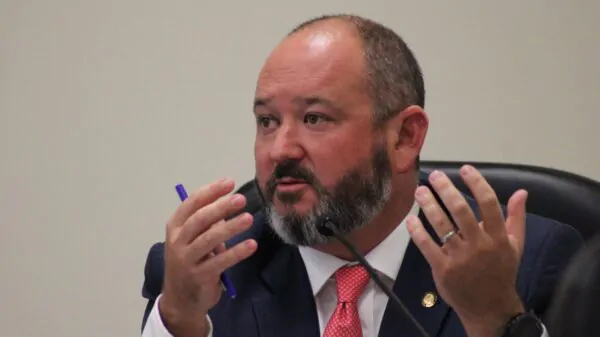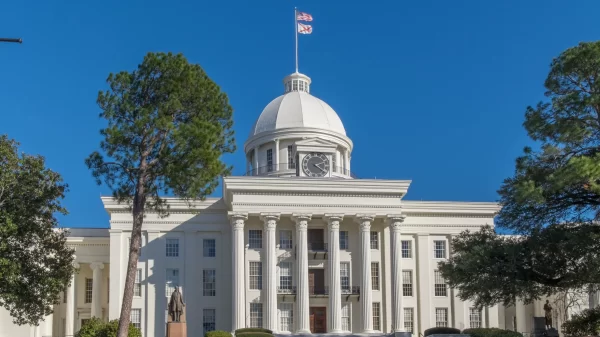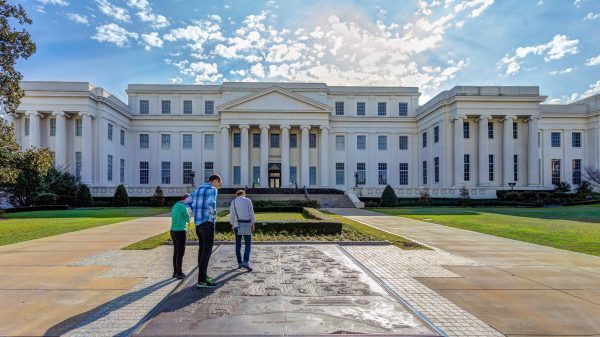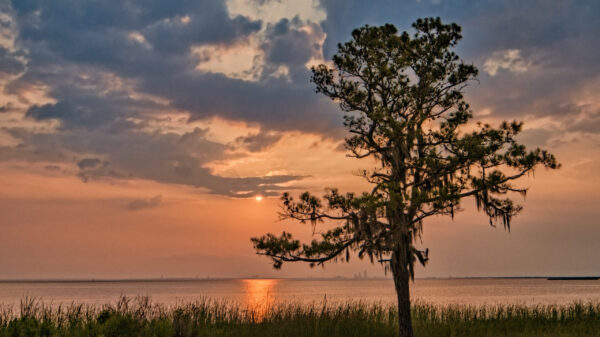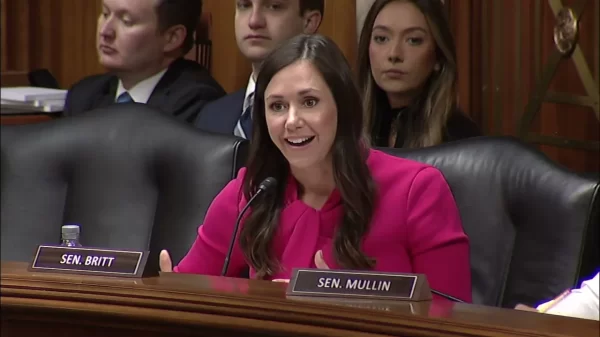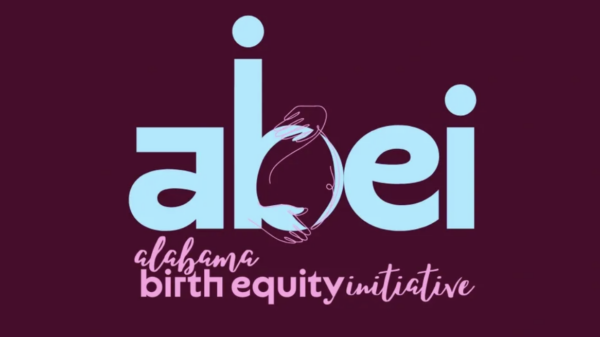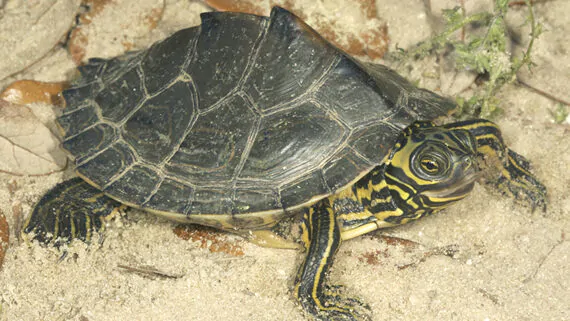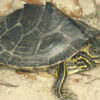By Brandon Moseley
Alabama Political Reporter
The Alabama sturgeon is an endangered species according to the U.S. Fish and Wildlife Service (USFWS). The USFWS is seeking public comment on the draft recovery plan for the Alabama sturgeon.
The USFWS is asking the public, business community, and local, state, and federal governments to make comments about this draft recovery plan. The USFWS says that the Alabama sturgeon used to be found in the Alabama, Tombigbee, and Cahaba River systems below the fall line. Recently the endangered fish has only been found in the lower Alabama River below R.F. Henry Lock and Dam to the confluence of the Tombigbee River and in the lower Cahaba River near its confluence with the Alabama River.
The authors of the recovery plan write: “The Alabama Sturgeon is a small, elongate fish growing to about 80 centimeters (cm) (31 inches (in)) in length. It is the smallest of all the North American sturgeons, typically weighing only 1 to 2 kilograms (kg) (2 to 4 pounds (lbs.)) at maturity. The head is broad and flattened shovel-like at the snout, with a tubular and protrusive mouth. As with all sturgeon species, there are four barbels (whisker-like appendages) located on the bottom of the snout in front of the mouth that are used to locate prey. The body is lined with five rows of bony plates called scutes. Bony plates also cover the head, back, and sides, and the body narrows abruptly to the rear forming a narrow stalk between the body and tail. The upper lobe of the tail fin is elongated and ends in a long filament. Coloration of the upper body is light tan to golden yellow, with a creamy white belly.”
The goal of the draft recovery plan is to down list the Alabama sturgeon from endangered to threatened. The USFWS does not believe that delisting is foreseeable in the future due to the small population of Alabama sturgeons left, its greatly reduced range, and the extensive modifications to its river habitats.
In 1976 John Ramsey described the morphologic differences between “Alabama shovel-nose” sturgeon and the shovelnose sturgeon (S. platorynchus), touching off a decades long battle between federal officials and state officials over whether or not the Alabama sturgeon is actually a distinct species or is it just a subpopulation of the much more common (and not endangered) shovelnose sturgeon as previous fish scientists (ichthyologists) had ruled. Senators Shelby (R), Heflin (D), and Sessions (R) as well as the unified Alabama congressional delegation at the time fought unsuccessfully to prevent the fish from being listed on the endangered species list because of the potentially devastating economic impact that could ensue from restrictive federal regulations on dredging, logging, and navigation. U.S. Representative Earl F. Hilliard (D) from Birmingham said in 1999, “I’ll take our system of navigable waterways and the economic opportunity they represent over a bunch of ugly bottom-dwellers any day of the week!” Hundreds of Alabama citizens packed the public hearing opposing the listing of the controversial fish; but they were ignored and the Alabama sturgeon was listed as an endangered species in 2000 anyway.
The USFWS is proposing working with the Corps of Engineers to increase the amount of free-flowing habitat available for the sturgeon at Claiborne, Millers Ferry, and R. F. Henry lock and dams. They also want to identify places along the Alabama and Cahaba rivers that are suitable spawning habitat while they study and improve techniques necessary to raise the fish in captive fisheries. The recovery plan states: “the strategy of this recovery program is to prevent possible extinction of the Alabama Sturgeon by protecting existing riverine habitat, explore ways to pass fish through Claiborne and Millers Ferry Lock and Dam, and eventually, increase numbers of Alabama Sturgeon through hatchery propagation and augmentation.”
The draft recovery plan was prepared by Jeffrey R. Powell and Paul Hartfield.
The U.S.F.W.S. recovery plan states: “The last capture of an Alabama sturgeon was on April 3, 2007 by the biologists at the Alabama Department of Conservation and Natural Resources (ADCNR). The Alabama Sturgeon is one of the rarest fish in the nation and may be close to extinction.” The government says that over 5,000 personnel hours and $one million have been spent trying to find Alabama sturgeon since 1997. All of these efforts have only found six of the fish. The report guesses that there may only be less than 50 of the fish in existence. In 1898 the U.S. Commission of Fish and Fisheries reported that the annual catch of shovelnose sturgeon (Alabama sturgeon) was 42,900 pounds (~20,000 fish). The authors estimates the plan to cost the government $1,150,000 between now and 2016 (whether they find another one of the elusive fish or not).
There are three species of sturgeons that are native to the Mobile basin: the lake sturgeon, the gulf sturgeon, and the Alabama sturgeon. Occasionally fisherman will catch a white sturgeon in the Mobile basin but these are believed to all be descended from a commercial fishery in Georgia where they escaped.
The USFWS will accept public comments on this draft recovery plan until June 11, 2012.
To view the draft recovery plan:





